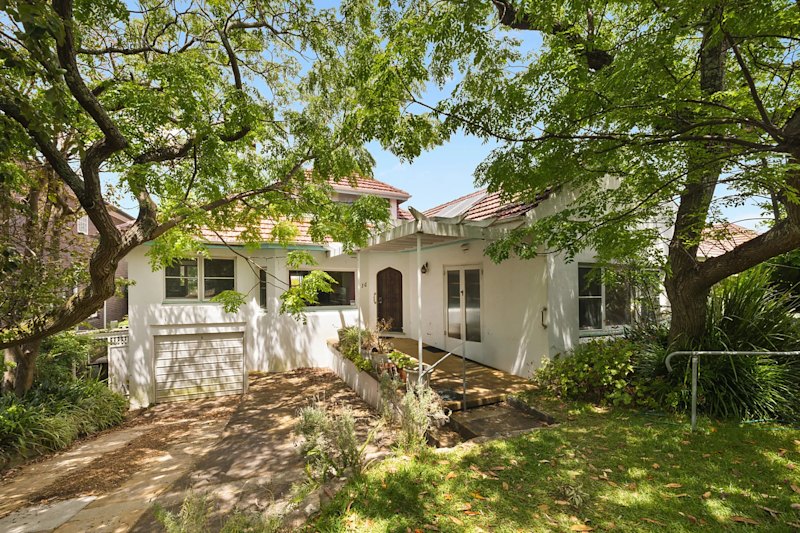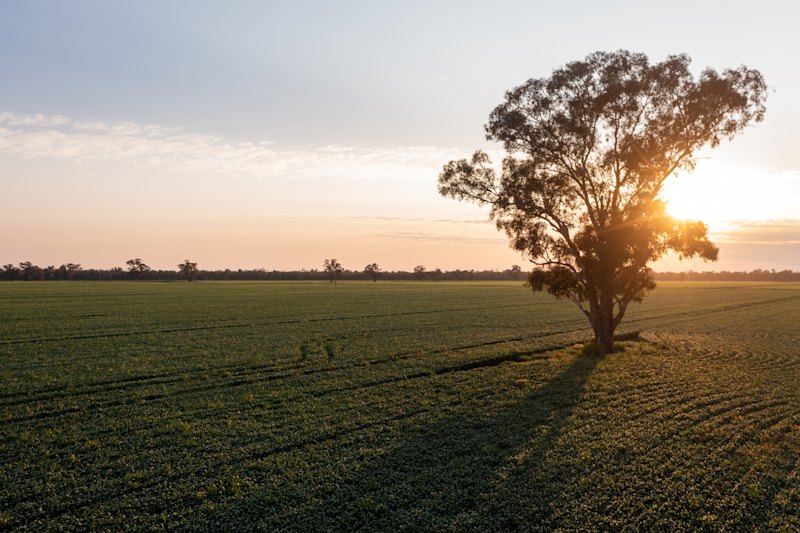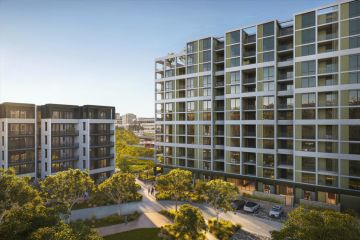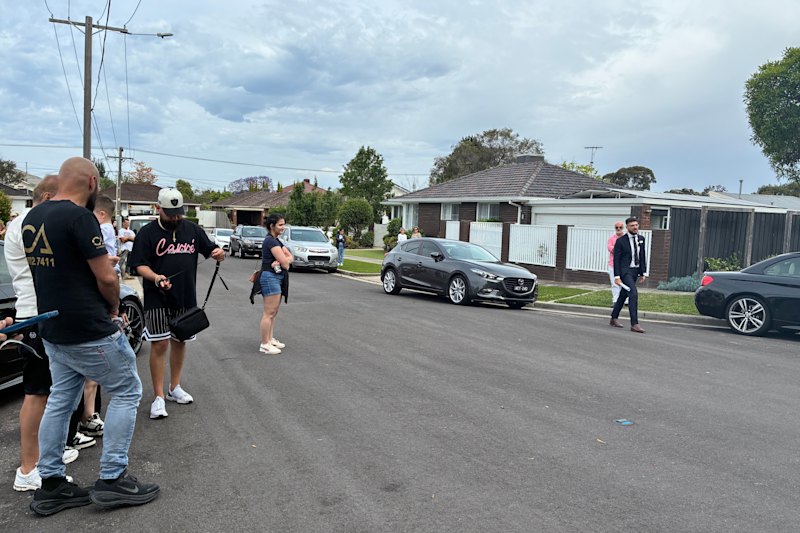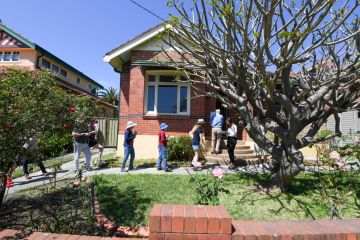Escape to the country, where Cloncurry serves it up hot
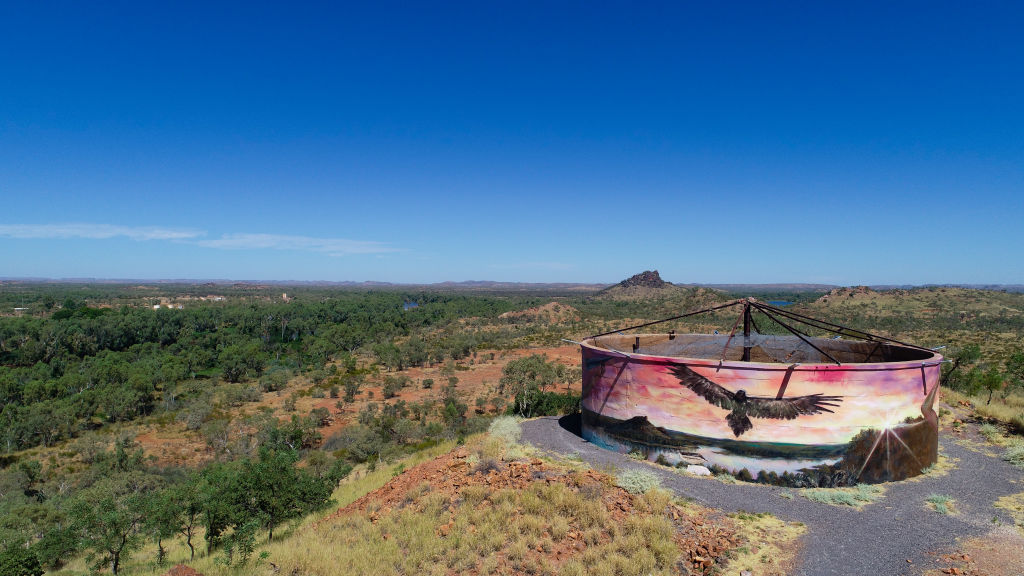
Remote and rugged, brutal and beautiful. Middle-of-nowhere town Cloncurry has to be one of Australia’s most polarising places.
You either love or loathe its red dust and searing-hot summer days, its isolation, and winding outback highways.
The north-west Queensland town is a 90-minute drive from Mount Isa, which is a two-hour flight, or a 2000-kilometre drive, from Brisbane. But locals say the Curry, as it’s affectionately called, is worth it.
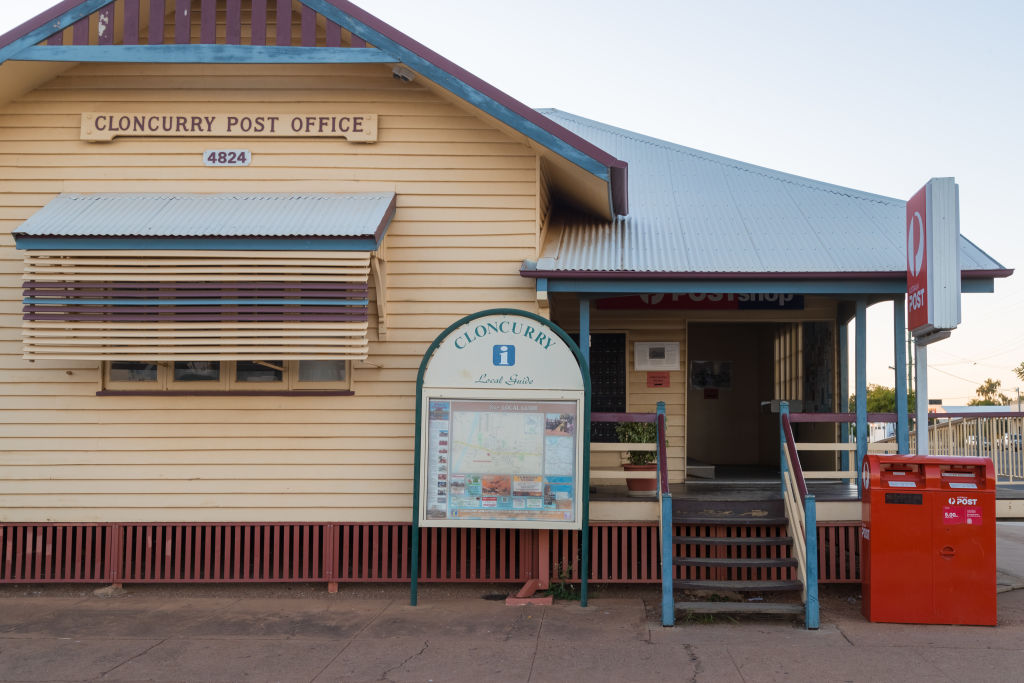
The beauty of the Cloncurry River, named by ill-fated explorer Robert Burke, is something they all adore. Teamed with its history as the birthplace of the Royal Flying Doctor Service and a bursting-at-the-seams events calendar, there’s a lot Cloncurry locals have to be proud of.
And that’s not including their mammoth effort to attract the attention of an international reality television show. Cloncurry became the backdrop for the latest series of Survivor, with the 2021 Brains v Brawn edition showing off its off-the-beaten-track beauty to an average national audience of 1.08 million viewers for each of its 24 episodes.
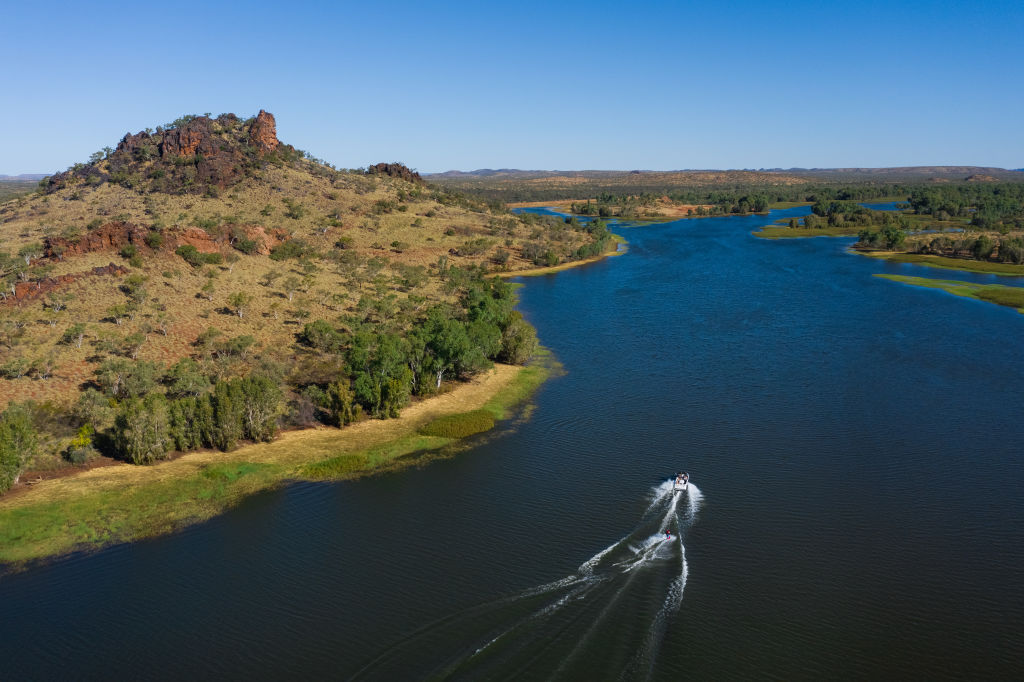
When COVID restrictions nixed Survivor’s more luxurious locations of Fiji and Samoa, Cloncurry edged out four other regional contenders to win the coveted gig.
The end result was countless shots of the town’s arid plains, rocky outcrops and pretty waterholes. Plus there was the estimated $14.6 million added to the Queensland economy and the extra 150 jobs created for crew members.
This touch of Hollywood has given the Curry an extra spring in its step, with the tourist trade expected to surge once international borders reopen to the worldwide flock of avid Survivor fans.
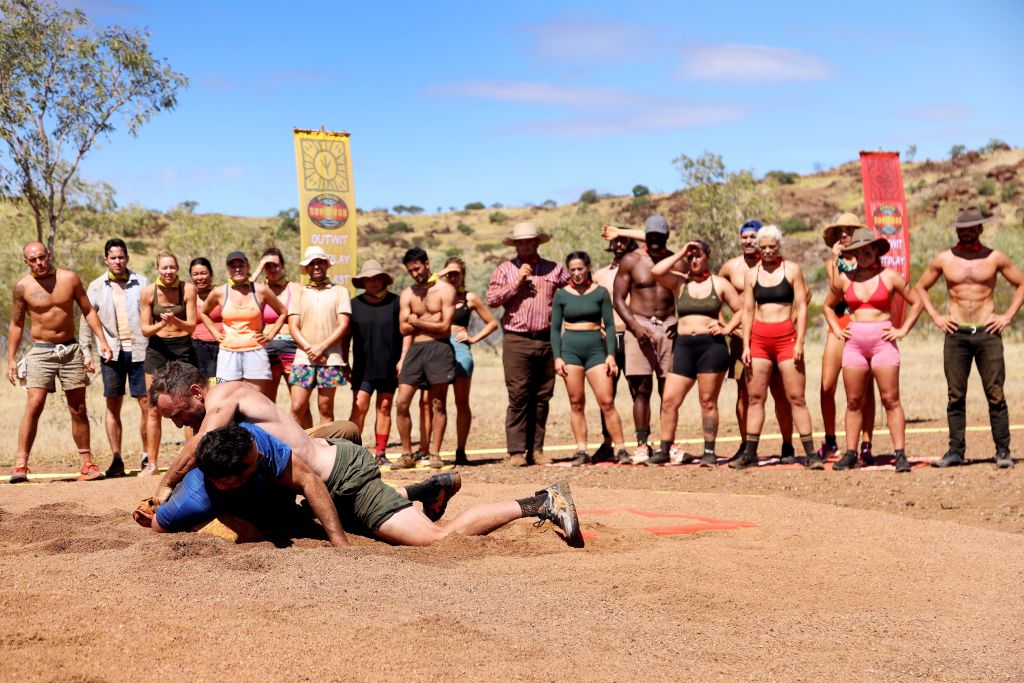
Population: 2719 as of 2016 Census.
Who lives there?
One of the first faces you’re sure to see when you walk into the Cloncurry Visitor Information Centre is Gail Wipaki’s. Her passion for the town makes her the perfect person to speak to about all things Cloncurry.
“I love the town, but I’m probably biased because I’m born and bred here – my parents, they were too. So we go back a few years,” she says. “I just love it. I love the way of life, I love the countryside – it’s pretty, it’s rugged, but it’s still beautiful.”
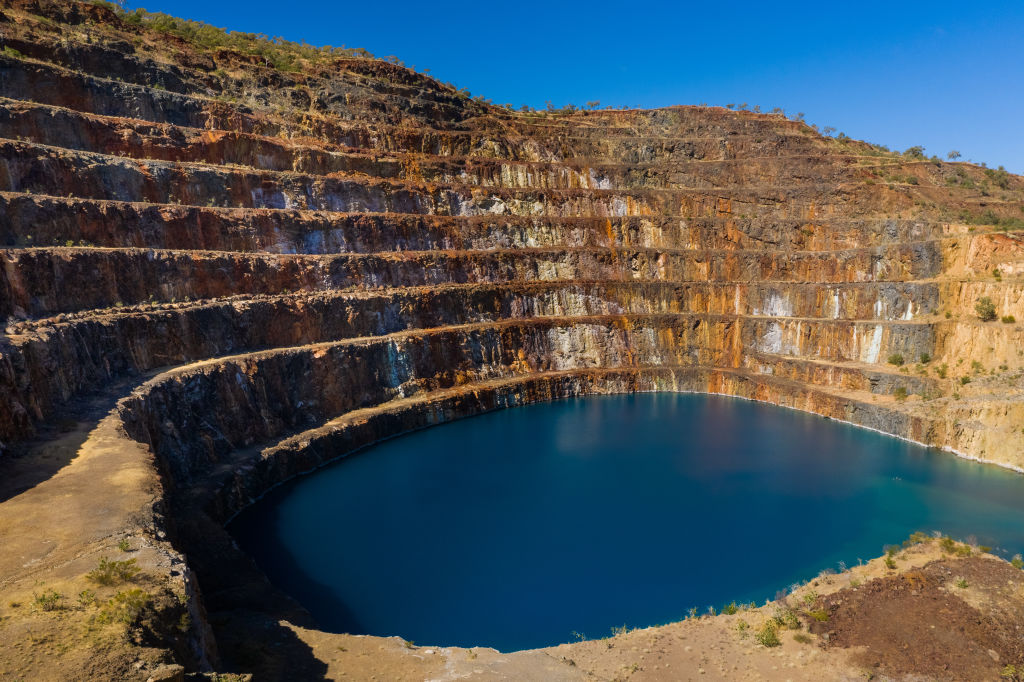
For such a remote town, Cloncurry has a surprisingly high level of residents who hail from other countries. Census data shows 5 per cent of locals were born overseas, namely New Zealand, Scotland, the Philippines, Sri Lanka, England and India.
The community’s warmth is one of the town’s biggest drawcards, Wipaki says.
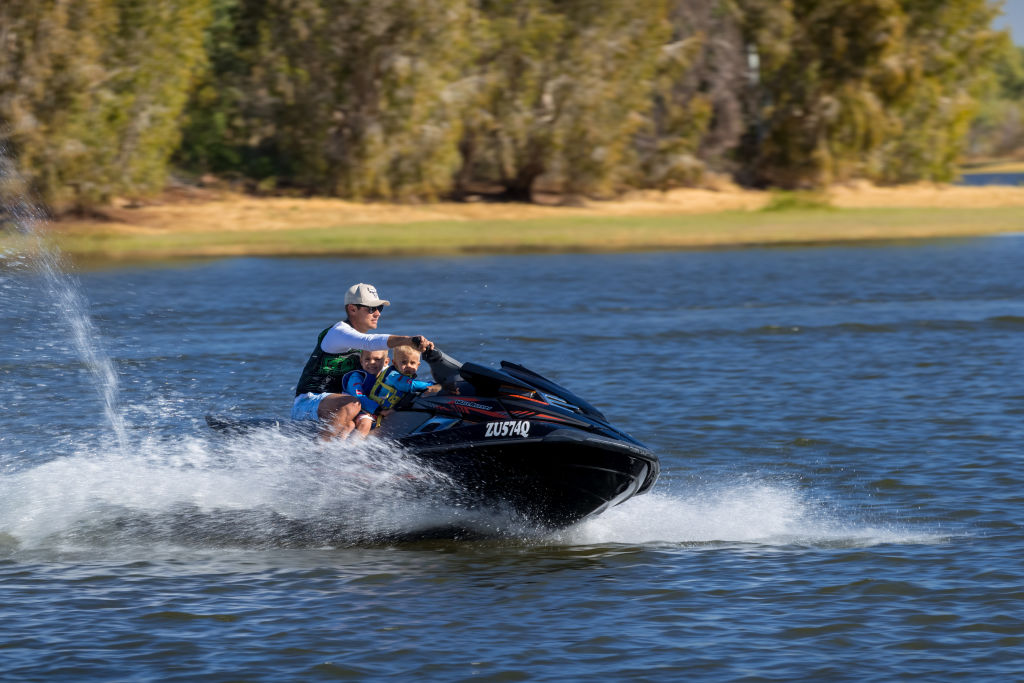
“Everyone’s welcome and everybody here is friendly,” she says. “If people come here to live, they become a part of the community, the community takes you in.
“It’s not how long you live in a town, it’s whether you want to become part of that town.”
First Nations people make up about 20 per cent of the town’s population, and this includes the satellite indigenous community of Dajarra, 276 kilometres south-west of Cloncurry.
What happens there?
Cloncurry residents make the most of the dry season between May and September to host their events.
The Cloncurry Show is held every June and includes everything from cattle displays and horse events to cooking and handicrafts. This is followed by the Cloncurry Stockman’s Challenge and Campdraft in July, which attracts people from all over Queensland thanks to more than $120,000 in prize money across almost 20 events.
The Curry Merry Muster Festival, a two-day rodeo event, is in August and spice lovers come out for the curry cooking competition that is part of the fun of the Cloncurry Beat the Heat Festival in September.
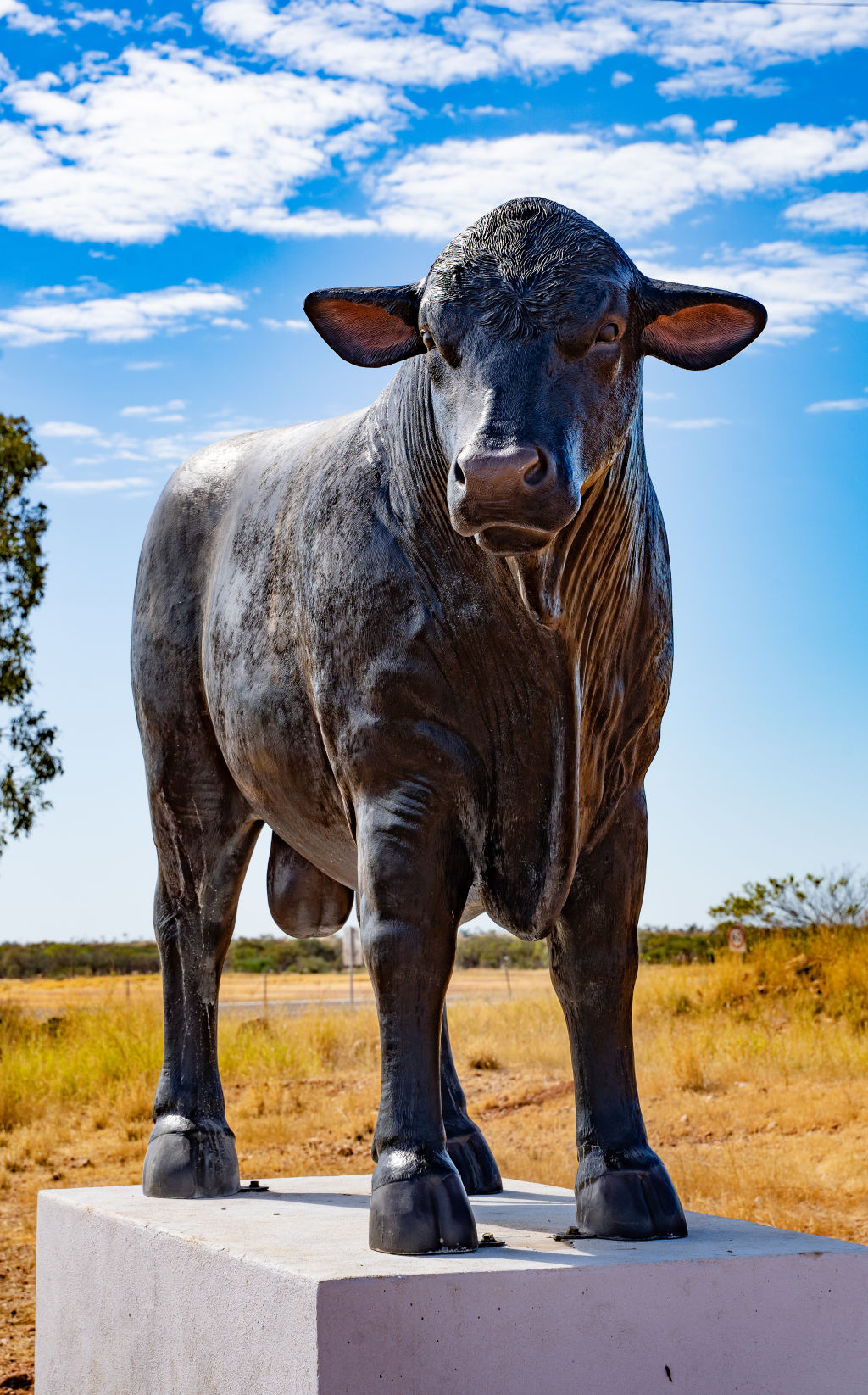
A committed group of community volunteers team up with the council to organise the events, says Cloncurry Shire mayor Greg Campbell.
“Our committees work really hard, but their numbers are small so to put on the size of the events they do, they do a fantastic job,” he says.
Securing Survivor was a coup for the town and part of a long-term plan to bring more tourists and residents to the town.
“After we had a major flood event in 2019 in North Queensland, which caused a huge loss of livestock and loss of crops on the coast, it destroyed highways and the railway line,” Campbell says. “In the recovery from that we aimed to get more events to bring people together and I focused on government events so we could bring corporate people to town to fill our motels and go out to dinner.
“One of those events was Destination Q, held by Tourism and Events Queensland, which had never been run outside the south-east before and we hosted it in Cloncurry at the end of 2019.
“We had to do things some councils were hesitant to do, we had to underwrite the charter of a jet to bring in the participants. So when Tourism Queensland was asked by Screen Queensland to shortlist a couple of town names, they were happy to highlight Cloncurry – so that’s how the TV scouts came here.
“That one production was such a boost for the town. When they turned up, everything was booked out, there were cars and hire cars and just so much activity, it was unreal.”
What’s life like?
Vince Wall was a FIFO worker in Cloncurry before he decided to take a leap of faith and move here with his family. That was 22 years ago and now there’s no place like home.
Wall owns an ice and water supply business that services most of north-western Queensland and parts of the Northern Territory.
The opportunities in Cloncurry make for an idyllic lifestyle, Wall says.
“There’s a lot of things that make Cloncurry good for me,” he says. “Both my kids have grown up now; my sons are 20 and 22 and they’ve both got jobs and bought their first homes.
“That, to me, is indicative of Cloncurry. If you want to work and get a job, you can do that at a young age.
“They didn’t buy a penthouse suite on the Gold Coast, but they both bought solid three-bedroom houses they can work on and sell one day. It’s indicative of Cloncurry and the opportunities available here.”
Real estate in Cloncurry is cheaper than people living in the southern states could imagine. The shire covers approximately 50,000 square kilometres, but even if you buy a property in the town centre, you would get change from $500,000.
What jobs are there?
Many Cloncurry locals work in government jobs across roads, rail, education and health. There are also strong local industries in mining, agriculture and transport.
The latest census information shows copper ore mining is the largest source of employment, accounting for 18.6 per cent of jobs in the town.
Why should you move there?
If you enjoy the best of Australia’s outdoors – the bush, the sun and maybe the odd freshwater croc – you’re bound to find your home in Cloncurry.
The beauty of the town and the surrounding districts means you can lead as busy or as quiet a lifestyle as you like.
We recommend
We thought you might like
States
Capital Cities
Capital Cities - Rentals
Popular Areas
Allhomes
More
- © 2025, CoStar Group Inc.
